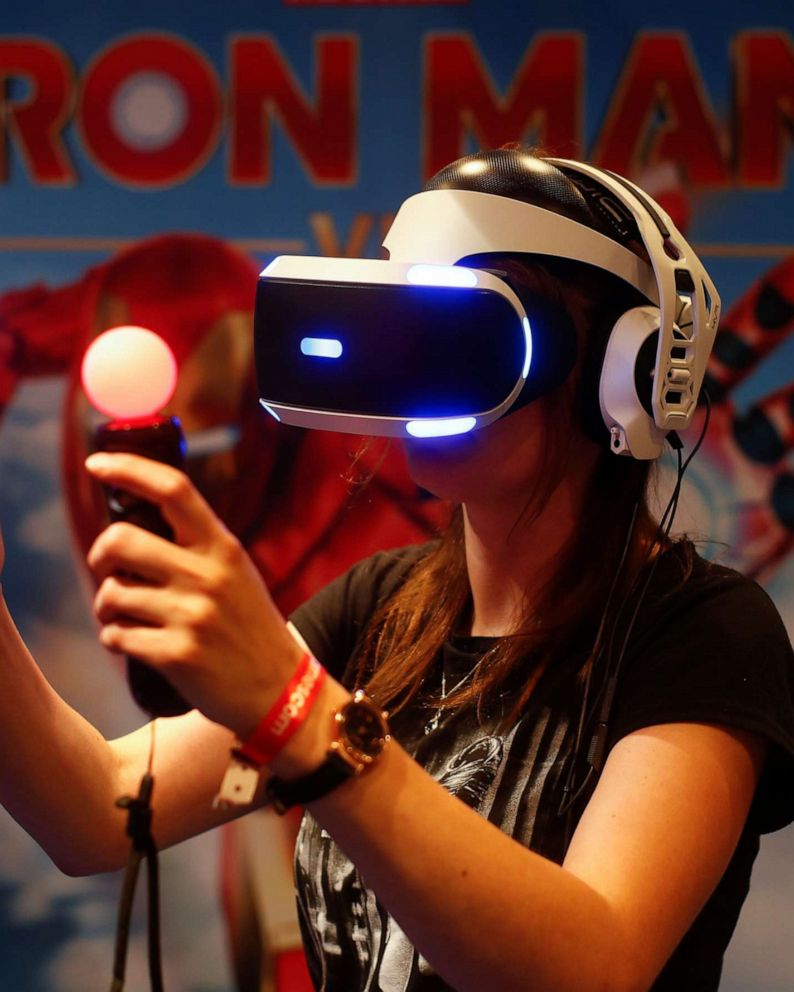VR Gaming
Future Of VR Gaming
The future of VR gaming holds exciting possibilities and potential advancements. Here are some trends and developments to consider:
1. Improved Hardware: As technology continues to advance, VR headsets are likely to become more powerful, lighter, and more comfortable to wear. This includes advancements in display resolution, refresh rates, field of view, and reduced latency for a more immersive experience.
2. Wireless and Standalone VR: Currently, most VR systems require a connection to a PC or gaming console. However, standalone VR headsets, such as the Oculus Quest, have gained popularity by offering wireless experiences with built-in processing power. Expect further advancements in standalone VR technology, allowing for more freedom of movement without the need for cables.
3. Haptic Feedback and Sensory Integration: VR is already capable of providing visual and auditory immersion, but the next step is to enhance other senses. Advancements in haptic feedback technology will enable users to feel physical sensations in the virtual world, such as vibrations, textures, and even temperature changes. This can greatly enhance the overall VR experience.
4. Social VR and Multiplayer Experiences: As VR becomes more accessible and mainstream, social interaction within virtual spaces will likely increase. We can expect to see more multiplayer VR games and social platforms where users can connect, communicate, and share experiences in virtual worlds. This could revolutionize online gaming and socializing by providing a more immersive and interactive environment.
5. Augmented Reality (AR) and Mixed Reality (MR) Integration: While VR fully immerses users in a virtual environment, AR and MR blend virtual elements with the real world. The integration of AR/MR with VR gaming could lead to innovative gameplay experiences, where virtual objects and characters are seamlessly integrated into the real world. This opens up possibilities for location-based gaming, interactive storytelling, and more.
6. Advanced AI and Natural Interactions: As AI technology progresses, virtual characters within VR games will become more intelligent and responsive. This could lead to more realistic and dynamic interactions with non-player characters (NPCs) and AI-driven opponents. Natural interaction methods, such as hand gestures, eye tracking, and voice commands, will also improve, allowing for more intuitive and immersive gameplay.
7. Cross-Platform Compatibility: Currently, VR gaming is often limited to specific platforms or headsets. However, efforts are being made to establish cross-platform compatibility, allowing users with different VR systems to play together. This will help foster a larger player base, increase the availability of multiplayer experiences, and encourage the growth of the VR gaming community.
8. Healthcare and Training Applications: VR has significant potential beyond gaming. It is already being utilized in healthcare for therapeutic purposes, such as treating phobias or providing pain distraction during medical procedures. VR is also being used for training simulations in various fields, including medicine, military, aviation, and more. Expect to see further advancements and applications in these areas.

Comments
Post a Comment